
Healthcare
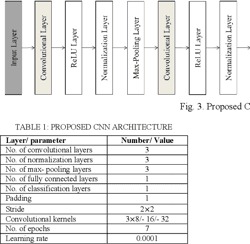
Classification of Autism Spectrum Disorder using Convolutional Neural Networks from Neuroimaging Data
Current Autism Spectrum Disorder (ASD) diagnosis methods exhibit some limitations as they are based on clinical interviews and observations of behaviors, characteristics, and abilities. Moreover, considering the current challenges in identifying the causes and mechanisms associated with ASD, there is an essential need for automated techniques capable of providing an accurate classification between ASD and typically developed (TD). In this paper, we present a convolutional neural network model that can differentiate ASD from TD. This proposed system is trained and validated on the well-known
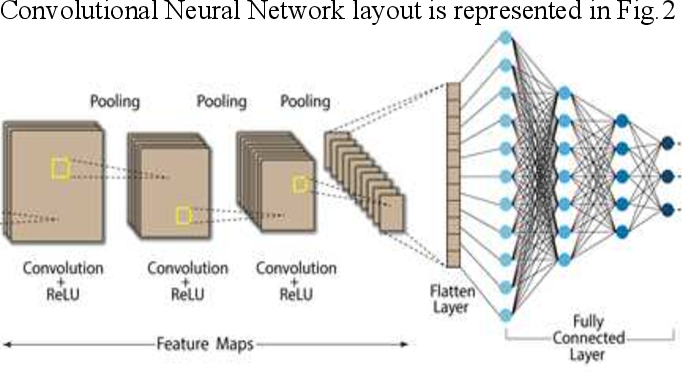
Automatic Detection of Some Tajweed Rules
correct understanding of the Holy Quran is an essential duty for all Muslims. Tajweed rules guide the reciter to perform Holy Quran reading exactly as it was uttered by Prophet Muhammad peace be upon him. This work focused on the recognition of one Quranic recitation rule. Qalqalah rule is applied to five letters of the Arabic Alphabet (Baa/Daal/Jeem/Qaaf/Taa) having sukun vowelization. The proposed system used the Mel Frequency Cepstral Coefficients (MFCC) as the feature extraction technique, and the Convolutional Neural Networks (CNN) model was used for recognition. The available dataset
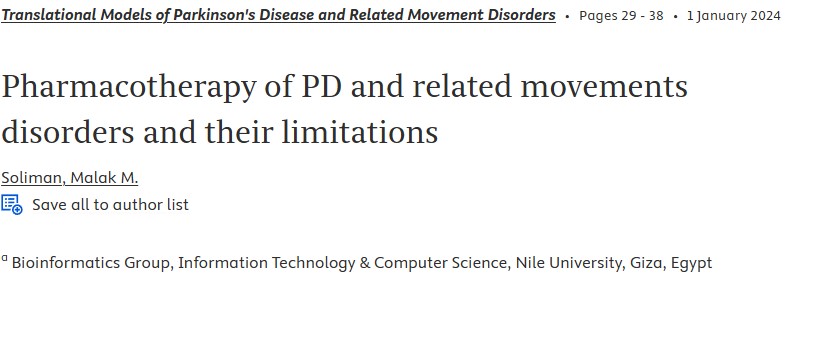
Pharmacotherapy of PD and related movements disorders and their limitations
A wide range of neurodegenerative illnesses, including Parkinson's disease (PD) and related movement disorders, greatly impair the quality of life for those who are afflicted. This chapter provides a comprehensive overview of Parkinson's disease (PD), covering everything from the disease's basic definitions, epidemiology, and pathophysiology to the complex issues involved in treating its symptoms with medication and other approaches. It emphasizes the significance of adjunct therapies and a multidisciplinary approach in comprehensive care, as well as the crucial role that personalized medicine

A Novel Approach to Breast Cancer Segmentation Using U-Net Model with Attention Mechanisms and FedProx
Breast cancer is a leading cause of death among women worldwide, emphasizing the need for early detection and accurate diagnosis. As such Ultrasound Imaging, a reliable and cost-effective tool, is used for this purpose, however the sensitive nature of medical data makes it challenging to develop accurate and private artificial intelligence models. A solution is Federated Learning as it is a promising technique for distributed machine learning on sensitive medical data while preserving patient privacy. However, training on non-Independent and non-Identically Distributed (non-IID) local datasets
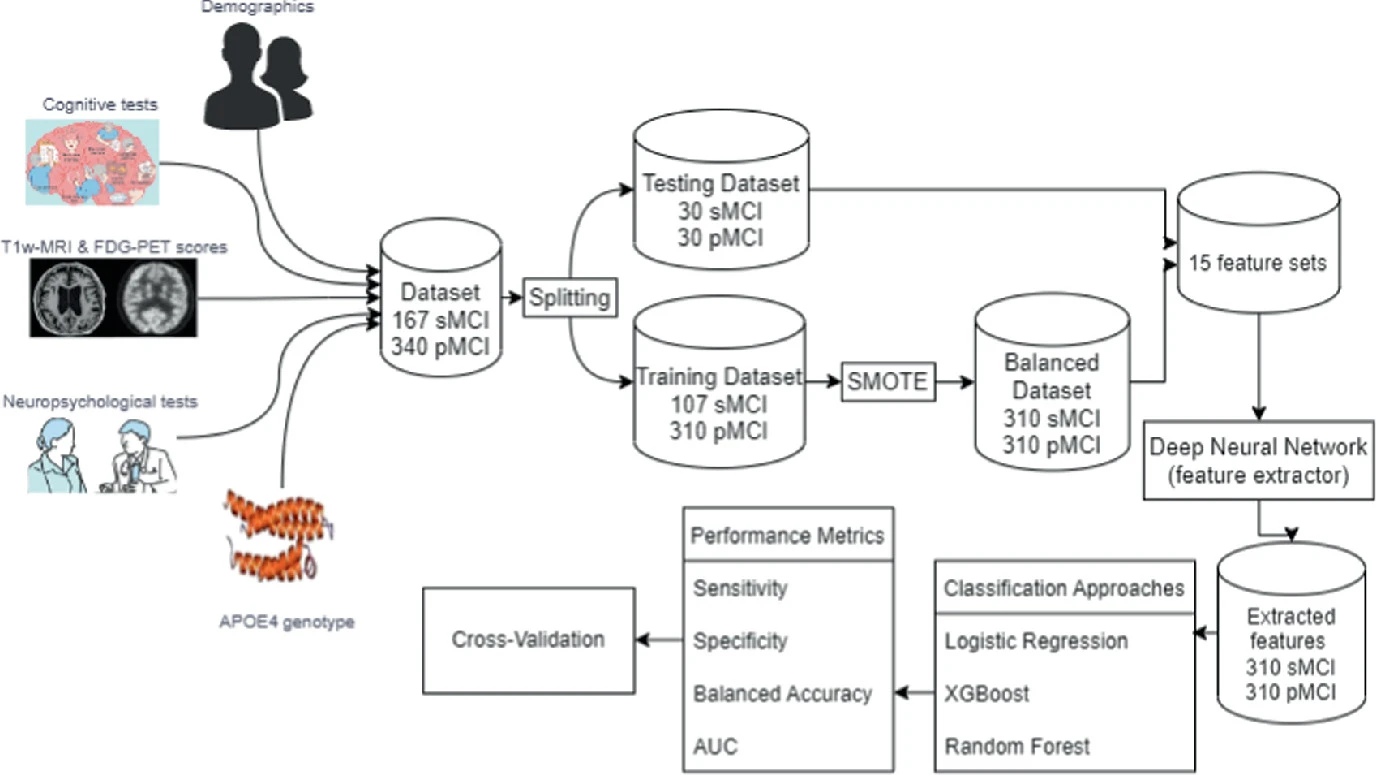
A Novel Diagnostic Model for Early Detection of Alzheimer’s Disease Based on Clinical and Neuroimaging Features
Alzheimer’s Disease (AD) is a dangerous disease that is known for its characteristics of eroding memory and destroying the brain. The classification of Alzheimer's disease is an important topic that has recently been addressed by many studies using Machine Learning (ML) and Deep Learning (DL) methods. Most research papers tackling early diagnosis of AD use these methods as a feature extractor for neuroimaging data. In our research paper, the proposed algorithm is to optimize the performance of the prediction of early diagnosis from the multimodal dataset by a multi-step framework that uses a
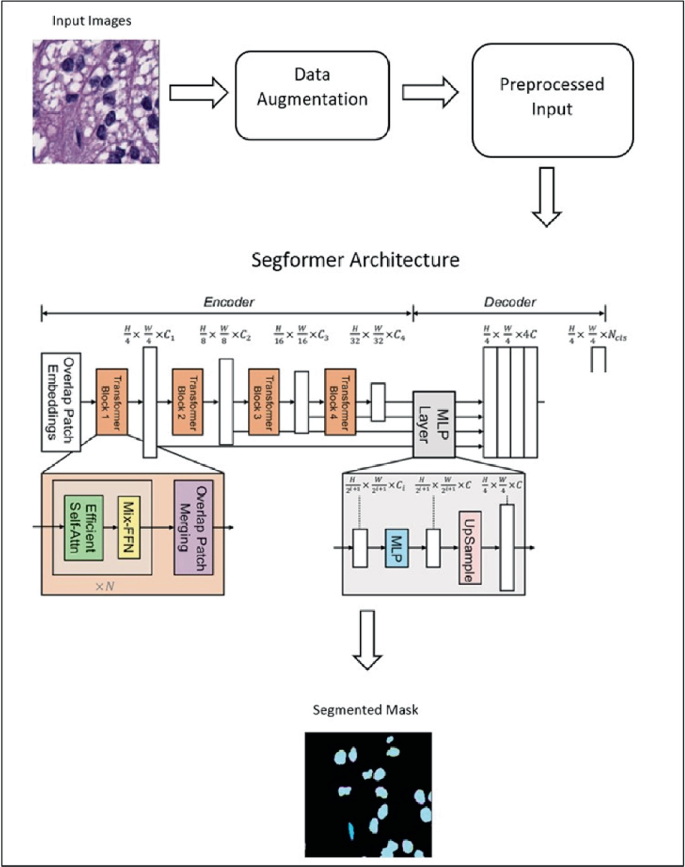
Efficient Semantic Segmentation of Nuclei in Histopathology Images Using Segformer
Segmentation of nuclei in histopathology images with high accuracy is crucial for the diagnosis and prognosis of cancer and other diseases. Using Artificial Intelligence (AI) in the segmentation process enables pathologists to identify and study the unique properties of individual cells, which can reveal important information about the disease, its stage, and the best treatment approach. By using AI-powered automatic segmentation, this process can be significantly improved in terms of efficiency and accuracy, resulting in faster and more precise diagnoses. Ultimately, this can potentially lead
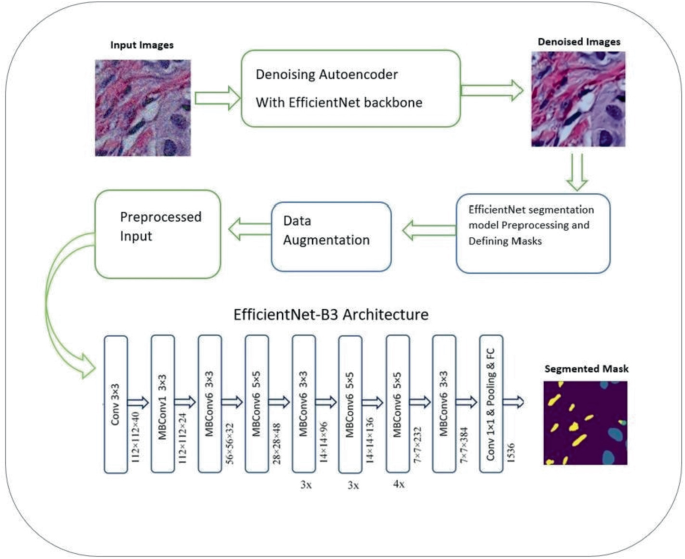
Revolutionizing Cancer Diagnosis Through Hybrid Self-supervised Deep Learning: EfficientNet with Denoising Autoencoder for Semantic Segmentation of Histopathological Images
Machine Learning technologies are being developed day after day, especially in the medical field. New approaches, algorithms and architectures are implemented to increase the efficiency and accuracy of diagnosis and segmentation. Deep learning approaches have proven their efficiency; these approaches include architectures like EfficientNet and Denoising Autoencoder. Accurate segmentation of nuclei in histopathological images is essential for the diagnosis and prognosis of diseases like cancer. In this paper, we propose a novel method for semantic segmentation of nuclei using EfficientNet and
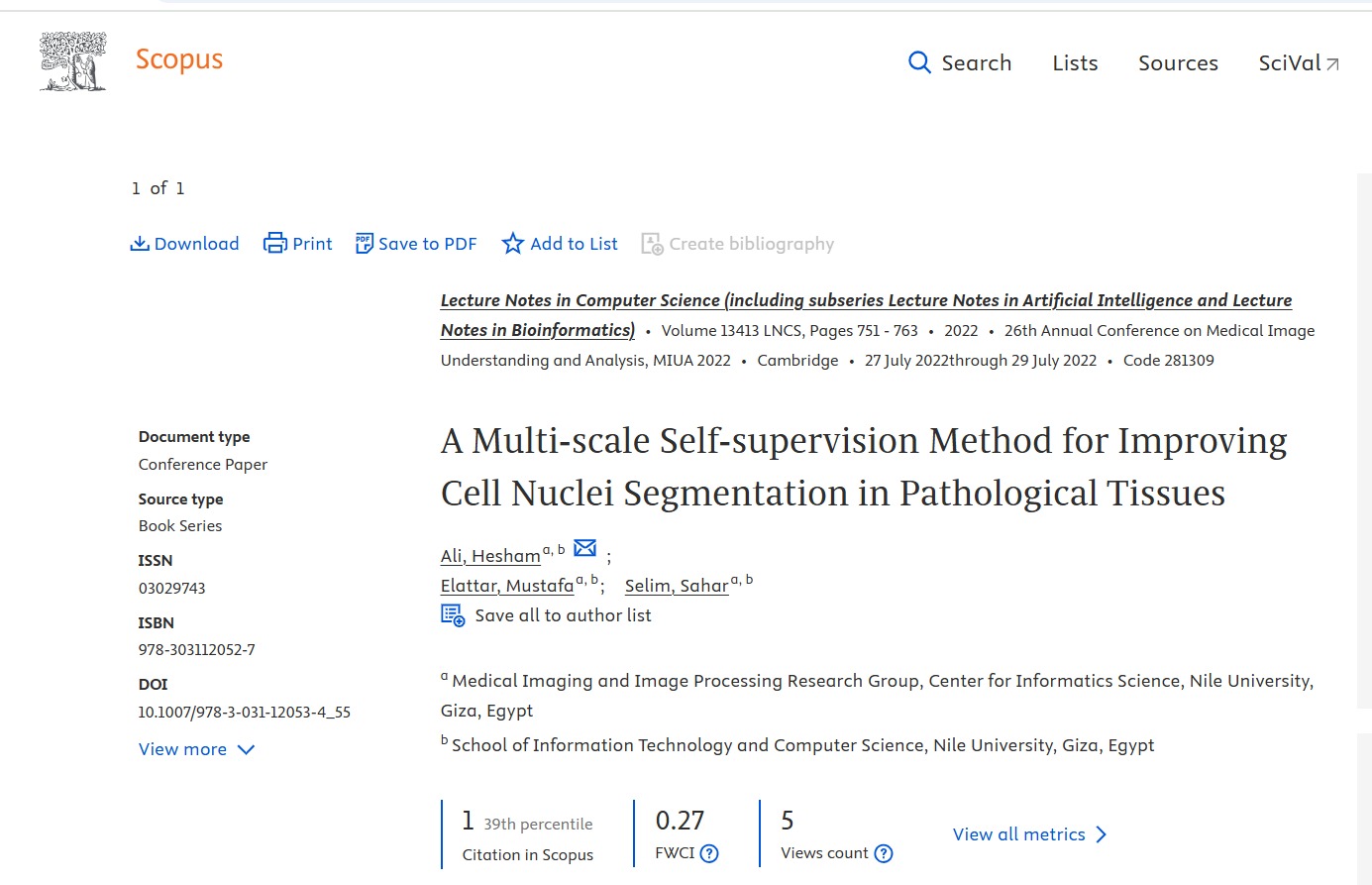
A Multi-scale Self-supervision Method for Improving Cell Nuclei Segmentation in Pathological Tissues
Nuclei detection and segmentation in histopathological images is a prerequisite step for quantitative analysis including morphological shape and size to help in identifying cancer prognosis. Digital pathology field aims to improve the quality of cancer diagnosis and has helped pathologists to reduce their efforts and time. Different deep learning architectures are widely used recently in Digital pathology field, yielding promising results in different problems. However, Deep convolutional neural networks (CNNs) need a large subset of labelled data that are not easily available all the time in
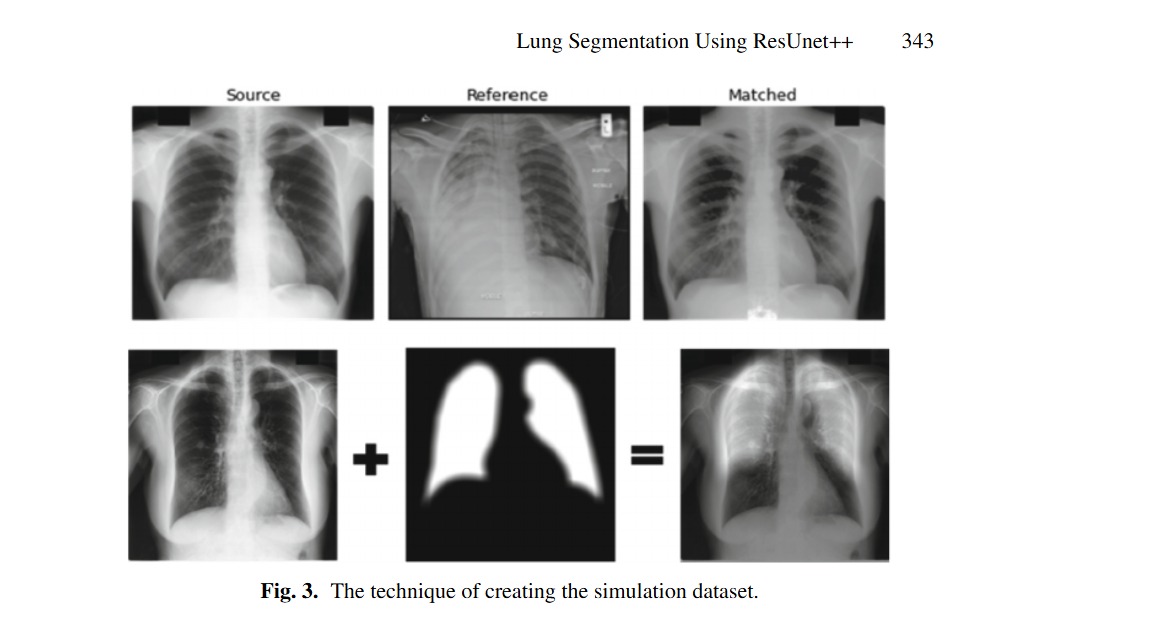
Lung Segmentation Using ResUnet++ Powered by Variational Auto Encoder-Based Enhancement in Chest X-ray Images
X-ray has a huge popularity around the world. This is due to its low cost and easy to access. Most of lung diseases are diagnosed using Chest X-ray (CXR). So, developing computer aided detection (CAD) provided with automatic lung segmentation can improve the efficiency of the detection and support the physicians to make a reliable decision at early stages. But when the input image has image artifacts, then any lung segmentation model will introduce suboptimal lung segmentation results. In this paper, a new approach is proposed to make the lung segmentation model robust and boost the basic

A CAD System for Lung Cancer Detection Using Chest X-ray: A Review
For many years, lung cancer has been ranked among the deadliest illnesses in the world. Therefore, it must be anticipated and detected at an early stage. We need to build a computer-aided diagnosis (CAD) system to help physicians to provide better treatment. In this study, the whole pipeline and the process of the CAD system for lung cancer detection in Chest X-ray are provided. It demonstrates the limitations and the problems facing lung cancer detection. New work is highlighted to be explored by the researchers in this area. Existing studies in the field are reviewed, including their